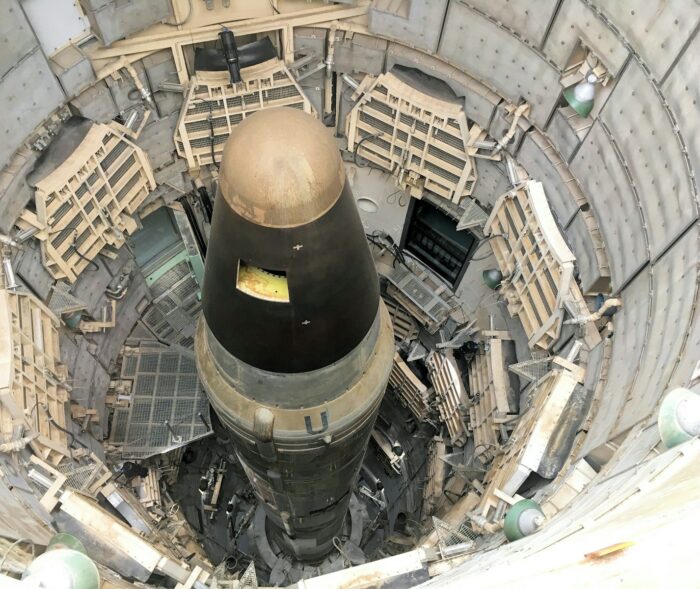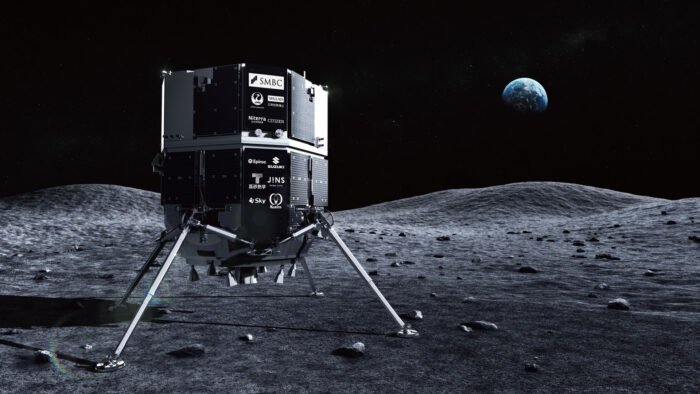Insider Brief
- The China National Space Administration (CNSA) announced a plan to enhance the technological capabilities of its upcoming Chang’e 8 (CE-8) mission.
- The mission is expected to launch in 2028.
- In an interesting move, the agency invited international cooperation, offering opportunities for mission-level, system-level, and payload-level collaborations.
- Image: China’s Chang’e 5 lander — Credit, China News Service
The China National Space Administration (CNSA) has announced a plan to enhance the technological capabilities of its upcoming Chang’e 8 (CE-8) mission, scheduled for launch in 2028, Interesting Engineering reports.
The mission, which represents a significant leap in China’s lunar exploration efforts, will include a lander, rover, and a multi-task operational robot aimed at conducting comprehensive scientific research on the moon’s surface.
According to a detailed document released by CNSA, the Chang’e 8 mission is poised to host 14 scientific instruments. These instruments will play a crucial role in observing and collecting vital data from the lunar surface, significantly contributing to our understanding and future exploration of the moon. The agency’s document emphasizes the mission’s open invitation for international cooperation, offering opportunities for mission-level, system-level, and payload-level collaborations. This collaborative approach is unique for China’s legacy in space exploration.
The Chang’e 8 mission’s objectives are broad, aiming to investigate lunar multi-physics fields, local geological profiles and the Earth’s magnetosphere and energy balance through moon-based observations. Additionally, the mission will focus on analyzing in-situ lunar samples and experimenting with resource utilization, alongside testing a mini enclosed terrestrial ecosystem in the lunar environment. These objectives highlight the mission’s comprehensive approach to advancing our knowledge of the moon and its potential resources.
The CNSA has outlined in the document that the scientific payloads planned for the CE-8 mission, with the lander equipped with ten scientific payloads. These include a Landing Camera, Topography Cameras, Lunar Seismometer,and a Lunar Low-Frequency Electromagnetic Field Detector, among others. The rover, on the other hand, will carry four scientific payloads, including Panoramic Cameras, Lunar Penetrating Radar, and an Infrared Spectrum Mineral Analyzer. The detailed planning of these payloads demonstrates the considerable preparation for conducting a wide range of scientific experiments and explorations on the lunar surface.
It’s also important to point out that CE-8 mission was opened to international cooperation, offering up to 200kg of payload capacity for international partners to contribute their projects. These projects can range from independent system-level projects, such as additional rovers or flight vehicles, to payload-level projects that remain attached to the lander. The detailed technical specifications and support conditions for these cooperative projects will be determined through ongoing coordination, offering a unique opportunity for global collaboration in lunar exploration.
If you found this article to be informative, you can explore more current space industry news, exclusives, interviews, and podcasts.
Share this article:










